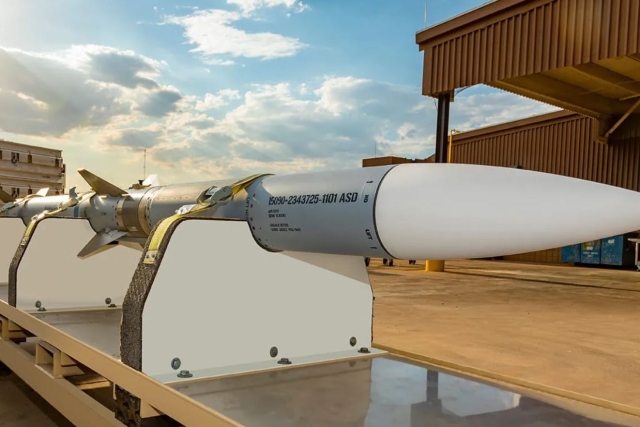New US DoD Cybersecurity Standards to Impact Defence Manufacturing

The United States DoD has revealed plans for a set of contractor cybersecurity standards that are scheduled to be implemented by January 2020, called the Cybersecurity Maturity Model Certification.
Currently, companies supplying products and services to the US DOD must meet 110 security requirements or risk losing contract awards and new regulations are unlikely to be more lenient. Other countries have followed suit, including the UK with the Defence Information Strategy (DIS) and Australia with the Information Security Manual (ISM).
The cybersecurity challenge becomes even more sensitive when combined with the proliferation of cloud-based solutions and the security implementations of access control and the International Traffic in Arms Regulations (ITAR), Evan Butler-Jones, Director, Defense Product Line, Aerospace & Defense Business Unit of Swedish software firm, IFS has said.
Regulatory-compliant software can be a key differentiator when bidding for A&D manufacturing contracts. A fully compliant software partner and applications that demonstrate the security of the organization means A&D manufacturers can trust they are well positioned to compete in an increasingly complex digital arena, says Butler-Jones.
According to Butler-Jones, Cybersecurity is a part of Industry 4.0, a new manufacturing paradigm that includes additive manufacturing and virtual reality to make production process more compliant to end-user requirements, speed up manufacturing and ensures quality at every level.
A&D manufacturer BAE Systems has been using these principles in its New Product and Process Development Centre since 2017, where 3D printing and virtual reality technology are used to reduce costs and speed up manufacturing processes for combat aircraft.
Still, this may seem like a daunting task for many A&D manufacturers, particularly those tier two and three companies that play a vital supporting role in the manufacturing ecosystem but lack large manpower and monetary resources.










